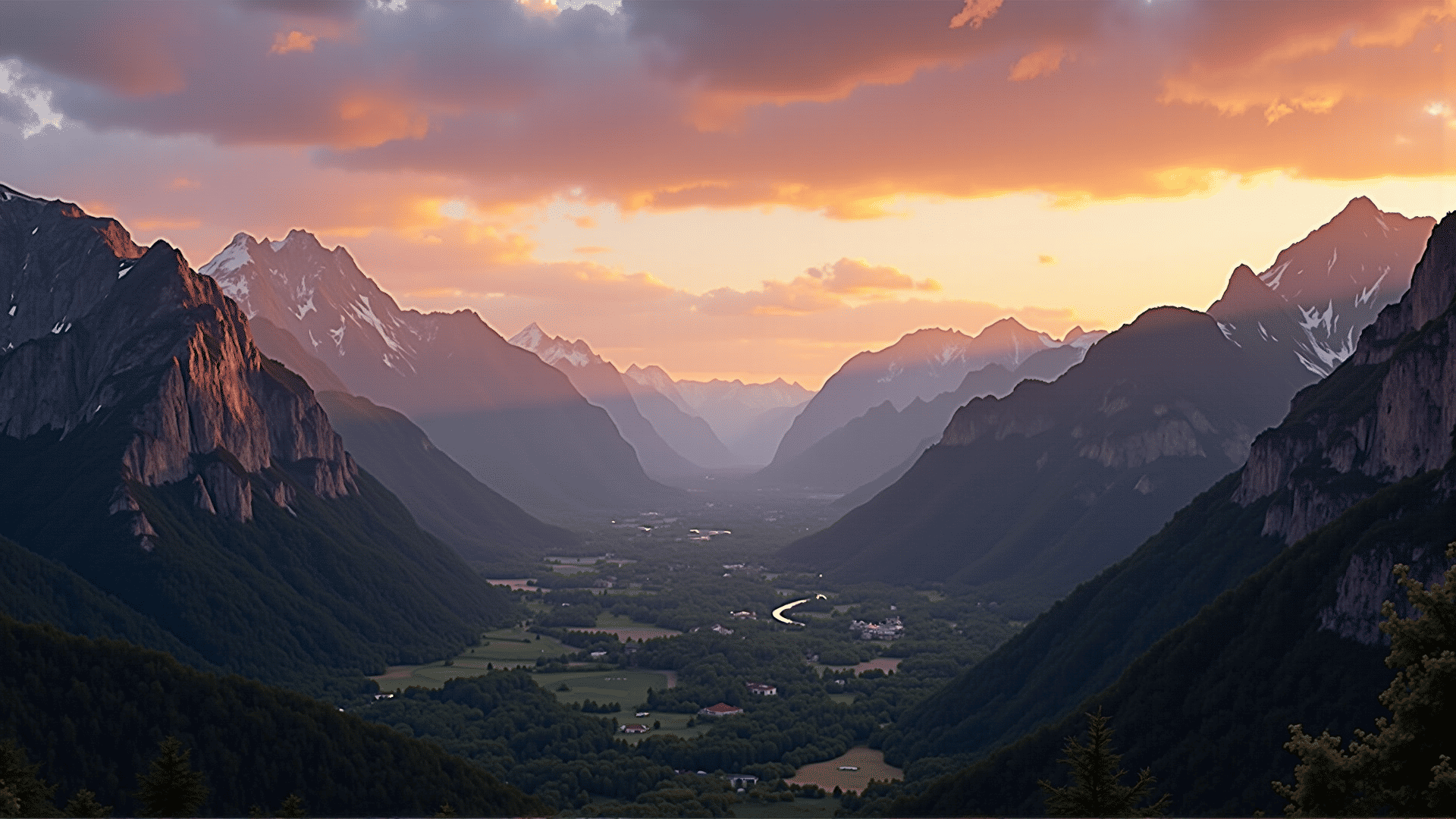Landscape photography is a captivating way to connect with nature and explore the world around you. With the right techniques, you can transform ordinary scenes into extraordinary images. Here are some tips and tricks to help you capture exquisite vistas and elevate your landscape photography skills.
1. Understand the Light
Lighting is one of the most crucial elements in landscape photography. The golden hours—shortly after sunrise and before sunset—offer soft, warm lighting and long shadows that can add depth and dimension to your images. Overcast days might not seem ideal, but they can provide even lighting that helps bring out colors and details.
2. Use a Tripod
A tripod is essential for keeping your camera steady, especially in low-light situations common in landscape photography. This tool allows you to use longer exposures without worrying about camera shake, leading to sharper images.
3. Incorporate Foreground Interest
Adding an element of interest in the foreground can give your photos depth and draw the viewer's eye into the scene. Look for natural elements like rocks, flowers, or water features that can add a storytelling aspect to your image.
4. Master the Art of Composition
Composition is key in creating visually appealing images. Familiarize yourself with composition rules such as the rule of thirds, leading lines, and framing. They help create balance and guide the viewer's eye through your photograph.
5. Experiment with Perspectives
Don’t be afraid to experiment with different angles and perspectives. Shooting from a low angle can offer a dramatic view of the landscape, while a higher vantage point may reveal a broader scene. Play around with different perspectives to find the most engaging composition.
6. Pay Attention to the Sky
The sky plays a significant role in landscape photography. An overcast sky can add drama, whereas a clear blue sky can enhance a tranquil scene. Incorporate clouds and natural weather effects to add mood and texture to your photos.
7. Use Filters for Creative Effects
Filters can greatly enhance your landscape shots. A polarizing filter reduces reflections and enhances colors, while a neutral density filter allows for longer exposures in bright conditions, resulting in artistic blur, especially with moving water.
8. Consider the Weather
Weather conditions can dramatically alter the mood and outcome of your photos. Dramatic clouds, fog, rainbows, and even storms can add an interesting element to your landscapes. Embrace different weather conditions and incorporate them into your narrative.
9. Scout Your Location
Visit your chosen location beforehand to identify the best spots and angles. Take note of how the light interacts with the landscape at different times of the day. A little pre-planning can greatly enhance your final images.
10. Practice Patience
Patience is an often-overlooked aspect of landscape photography. Nature is unpredictable, and sometimes waiting for the perfect light or the right moment is necessary. Allow yourself the time to absorb the landscape and let the right moment present itself.
Conclusion
Landscape photography is about more than just capturing a scene; it's about conveying a sense of place and evoking emotion. By embracing these techniques, you can enhance your skills and elevate the impact of your nature photography. So grab your gear, step into the great outdoors, and explore the art of capturing stunning landscapes.
